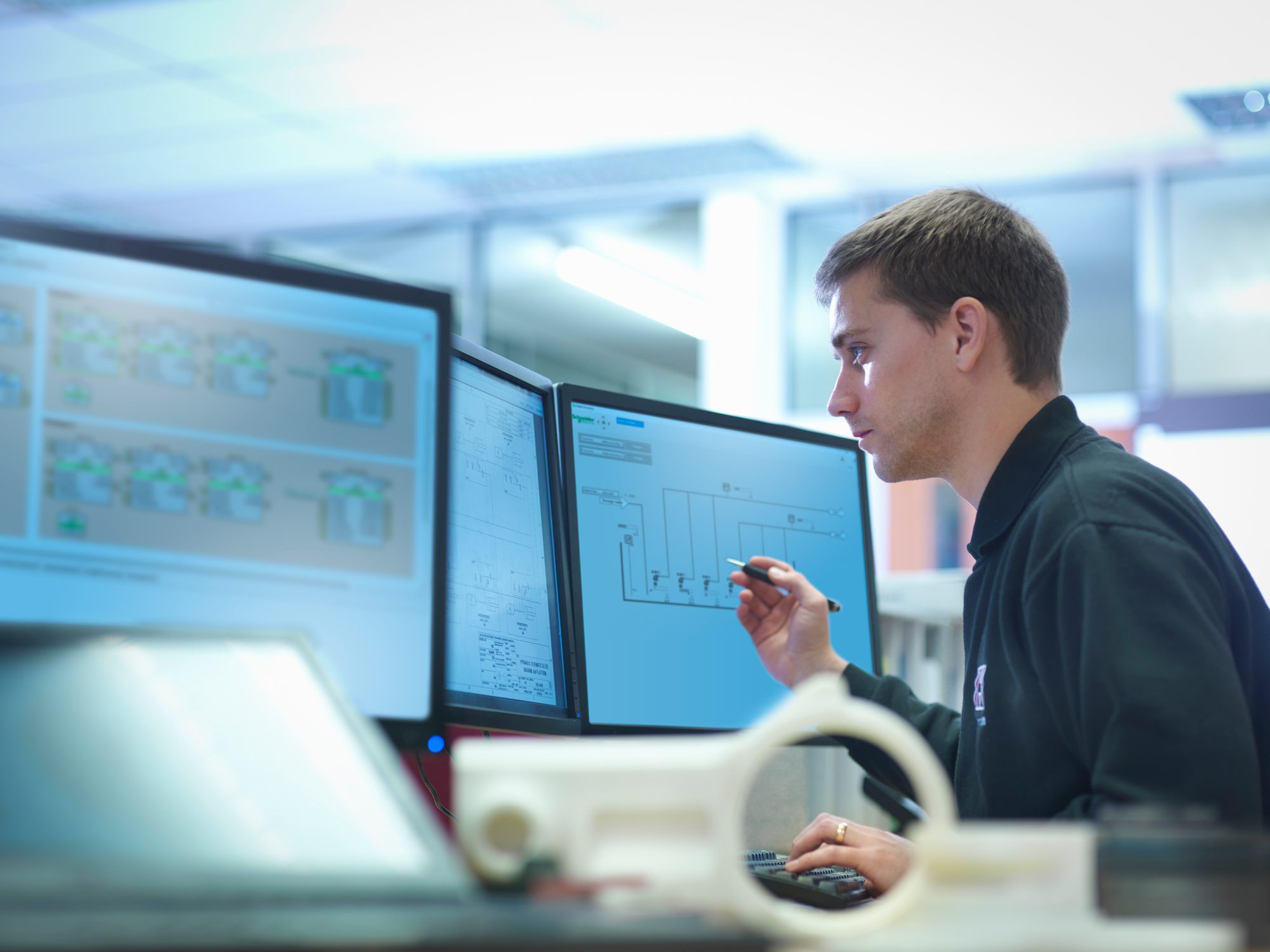
According to the recent ARC Advisory Group (ARC) report, universal automation, the world of “plug and produce” automation software components, is enabling industrial automation software to become a much more portable asset. With capabilities of boosting the efficiency, resilience, productivity, agility and sustainability of industrial operations, opportunities for industrial organizations are wide open.
Industrial firms spend millions of dollars each year supporting and servicing their industrial equipment. If a standardized universal automation system were made available to plant engineers and systems integrators who design, link, and support these systems, that spending could be greatly reduced. A platform that decouples hardware from software saves valuable engineering time by eliminating vendor lock-in so system integrators can choose best-in-class components that allows them to configure, rather than program with standard, pretested objects. Leading to unprecedented engineering and commissioning efficiency.
For systems integrators, customer engagements involving proprietary systems are becoming less profitable. These systems require a lot of non-value added, manual activities during integration compared with actual value added project engineering. Industrial operators are hesitant to pay high rates for work which doesn’t add any real value. In addition, end users are also more likely to skip or avoid upgrading these systems because of concerns over high cost, time and risk. For integrators this makes supporting previously installed systems a more difficult ongoing task than it needs to be.
New universal automation tools serve as efficiency enablers
Working in an open systems environment, with tools that facilitate universal automation, presents new opportunities for systems integrators to exercise their true expertise in addressing complex hardware and software connectivity challenges. Less time is spent on non-value-added tasks and more time is available for SIs to truly innovate.
Companies, like Schneider Electric, support these efforts by leveraging an existing standard, IEC 61499, to develop open automation systems like the recently released EcoStruxure Automation Expert. This open approach, enables seamless integration and portability, and is designed around an improved user experience and event-driven systems. Field tests have demonstrated 3 to 4X project engineering, and operational efficiency, gains when compared to standard proprietary systems (see the Schneider Electric white paper “A Quantitative Comparison of Digitized Industrial Automation Systems”).
These systems enable software-centric automation, which leads to the following advantages:
- Hardware is decoupled from software – Decoupling hardware from software means that the hardware platform can be upgraded as required, and can be changed from platform to platform without affecting the application programmed in software. Decoupling a ‘virtual PLC interface’, means that systems integrators can view system hardware platforms as both independent and agnostic, and so tasks such as upgrading or changing out controllers will be much simpler.
- Easy portability – Upgrades no longer require ‘rip and replace’ of hardware. Portability of applications between multiple vendors and platforms is much simpler and integration of third-party systems is far less costly and time consuming.
A system like EcoStruxure Automation Expert makes hardware infrastructure less about single function devices (i.e., “this is a drive, this is a PLC, this is an HMI”), and more about devices being managed as processing resources, view resources, or storage resources which are all part of the overall plant control system. As a result, users of the EcoStruxure Automation Expert system can reduce their capital costs and use less time to do more when building new systems.
Why should systems integrators explore the benefits of such universal automation systems like EcoStruxure Automation Expert? By reducing systems integration complexity, overall end user cost is reduced, opening the door to more system integration projects. These new generation industrial automation systems enable more agile, flexible, connected architectures. For system integrators, time and capital cost are reduced, and the time needed to propose, implement and test changes is much lower. Hence the continuous improvement work of the system integrator takes less time, and both system integrators and their customers work within a much more efficient system development and deployment process.
To learn more about how universal automation tools help systems integrators to lower project costs while shortening project implementation timelines, download the new Schneider Electric e-guide
Why Universal Automation Will Deliver New Clients to Systems Integrators



